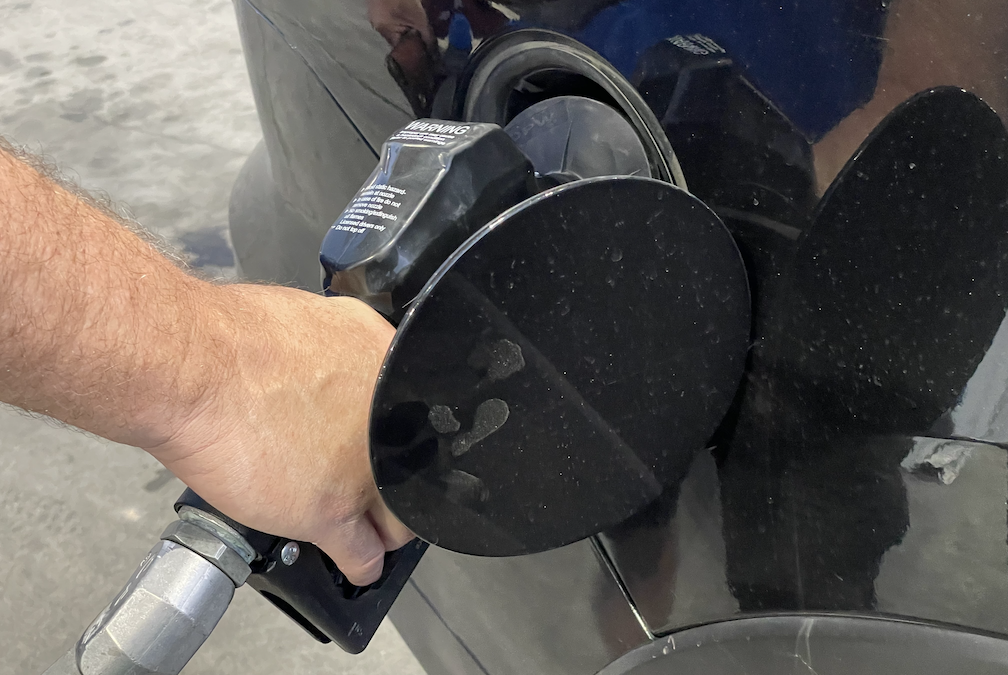Your vehicle’s Evaporative Emission Control (EVAP) system might not be a hot topic around the dinner table, but it plays a vital role in keeping both your vehicle and our environment healthy. While the EVAP is often out of sight and out of mind, ignoring issues with this critical system can lead to bigger problems down the road. In this month’s blog post, we highlight the EVAP and common problems that you might experience in your vehicle.
What is the EVAP System?
The EVAP system is designed to prevent fuel vapors from escaping into the atmosphere. It captures and stores these vapors in a charcoal canister, which are later purged into the engine to be burned. This not only reduces pollution but also improves fuel efficiency.
Common Problems and Their Effects
One of the most common issues with the EVAP system is a small leak. These leaks can occur due to several reasons, including cracked or loose gas caps, degraded hoses, or a faulty purge valve. While a small leak might not seem like a big deal, its effects can be far-reaching:
- Increased Emissions: A leaking EVAP system allows harmful hydrocarbons to escape into the atmosphere, contributing to air pollution.
- Check Engine Light: A small leak can trigger your vehicle’s Check Engine light, leading to potential fines if not addressed.
- Reduced Fuel Efficiency: An inefficient EVAP system can cause your vehicle to burn more fuel, increasing your trips to the gas station.
- Costly Repairs: Ignoring a small leak can result in more severe damage to the EVAP system components, leading to expensive repairs down the line.
Keeping Your EVAP System in Good Working Order
To avoid the headaches that come with EVAP system issues, here are some tips to keep your system running smoothly:
- Regular Inspections: Periodically check your gas cap to ensure it’s tightly sealed and in good condition. Replace it if it appears damaged or worn.
- Routine Maintenance: Have your vehicle’s EVAP system inspected during regular maintenance checks. This can help catch potential issues early before they become serious problems.
- Use Quality Fuel: Use high-quality fuel to avoid contamination that can clog the EVAP system components.
- Be Aware of Symptoms: If you notice a drop in fuel efficiency or your Check Engine light comes on, get your vehicle inspected by a professional immediately.
- Avoid Overfilling the Tank: Overfilling can cause fuel to enter the EVAP system, leading to potential damage and increased emissions.
By staying proactive and attentive to your EVAP system’s health, you not only ensure your vehicle runs efficiently but also contribute to a cleaner environment. Remember, small leaks can lead to big problems, so keep your EVAP system in check and drive with peace of mind. If you would like to have your vehicle inspected for any possible emissions issues, contact the service professionals at Campus Repair to schedule an appointment.

